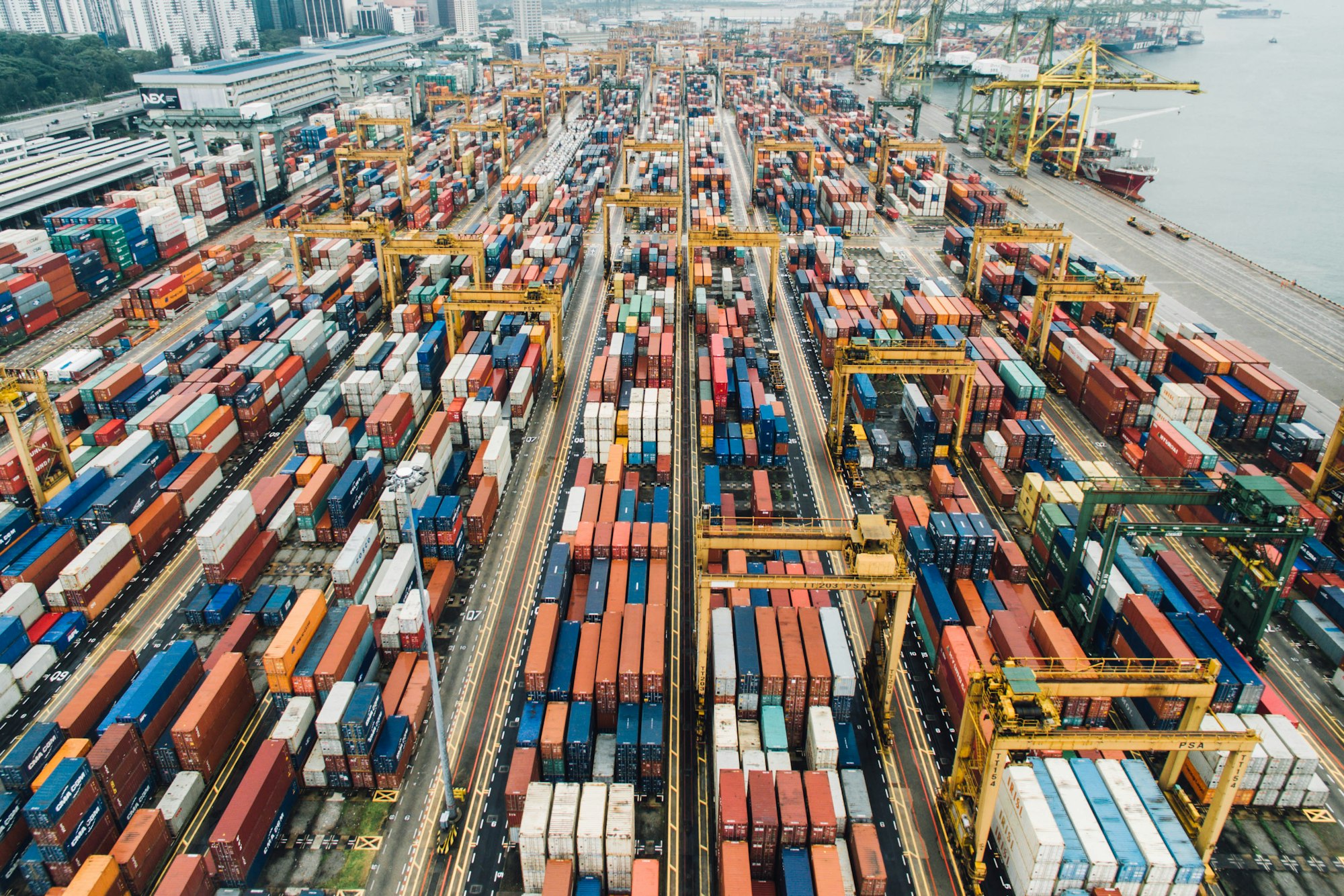On Supply-Side Innovations
The social sector is more inclined to focus on fixing current market failures than to focus on shaping future markets.

I recently read Bill Gates’s book, How to Avoid a Climate Disaster, and one of the book’s main recommendations is to focus more on government R+D on the supply-side of the equation (e.g. government creating incentives for the commercialization of technologies like direct air capture) than on regulating the market on the demand side (e.g. government imposing a carbon tax). If there is a standard refrain in all conversations about climate change, it’s “we need both,” so this is not an argument for focusing on supply-side innovations and neglecting demand-side regulations, but I do think those of us in the social sector are more inclined to focus on fixing current market failures than to focus on shaping future markets (this article makes a similar point in its critique of progressive policy in the US). I see a few reasons for this:
- Markets are the enemy: Some people take a view that market forces are only to be regulated and reigned in, not shaped and leveraged. The market is the enemy and must be tamed. (Once again, we probably need both regulating and shaping.)
- First-mover disadvantage: The future is an unpredictable place (see section above) and pioneering attempts at shaping it will be messy and full of mistakes. People who are punished for failure will be disinclined to take such risks.
- Well-defined problems: The social sector loves well defined problems rooted in statistics and backed by long-form journalism in The Atlantic. There is more defensibility in tackling a proven, existing problem than in trying to conceive of a future state and navigate around its potential problems. We would rather mitigate quantifiable downside by tackling proven problems than gain exposure to unquantifiable upside by predicting emergent ones. Unfamiliarity creates a barrier to action.
